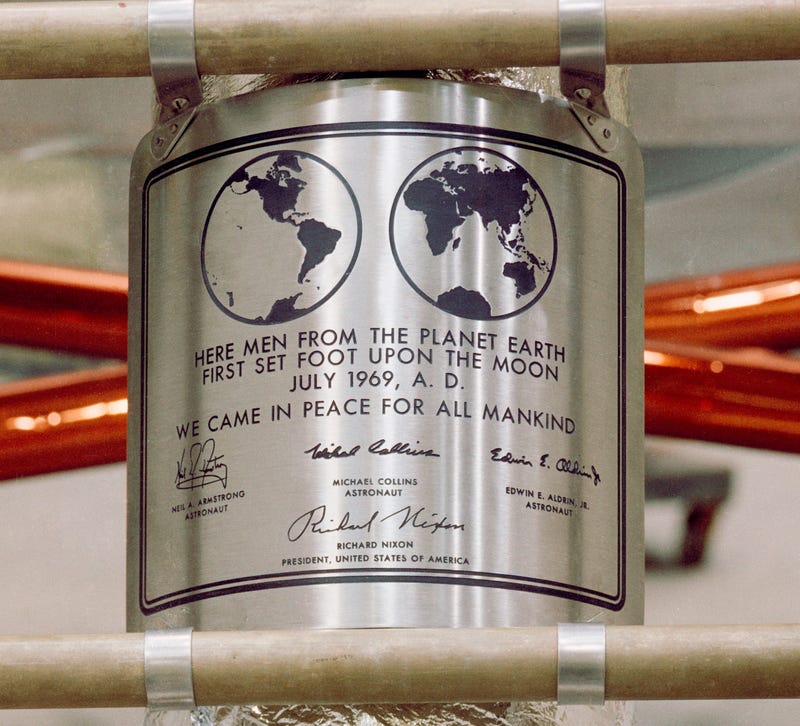If NASA’s Artemis program goes off without a hitch, there will be astronauts living in an outpost near the Moon’s south pole by 2028. The efforts to efficiently plan operations to sustain this moonbase while exploring the lunar surface will be monumental. The White House issued a memorandum on Tuesday stating an aim of establishing and implementing a unified time standard and time zone for the Moon, Coordinated Lunar Time (LTC), before 2027. Deep down, every American already knows what the answer should be.
The time at Tranquility Base, Apollo 11’s landing site, should be the basis for LTC. Yes, the Artemis program will be a collaborative effort between 35 different nations but only one country has successfully landed people on the Moon before. This isn’t the first time a single country used its preeminent status to dictate a universal standard.
There will be a legitimate need for a celestial time standard as humanity expands into space to coordinate between NASA, other space agencies and private companies. The White House noted the need for accuracy to “support precision navigation and science” and resilience in case communications are severed with Earth. However, the differences between this planet and the Moon are measured in microseconds. The memorandum states:
“For example, to an observer on the Moon, an Earth-based clock will appear to lose on average 58.7 microseconds per Earth-day with additional periodic variations. This holds important implications for developing standards and capabilities for operating on or around the Moon.”
LTC will also be tied in some way to Earth’s established time standard, Coordinated Universal Time (UTC.) Every time zone around the world is expressed as UTC plus or minus a number of hours. UTC itself is effectively the time at the Royal Greenwich Observatory in London. Britain’s status as a global superpower in the 19th and early 20th centuries allowed for its standards to become the world’s standards.

American exceptionalism aside, Apollo 11 is the starting point for humanity’s presence on the Moon. Basing LTC on the mission’s landing site would commemorate the efforts to reach the lunar surface as humanity returns potentially forever. NASA might be America’s space agency, but the organization always had altruistic ambitions. The plaque left behind by the Apollo 11 crew reads, “We came in peace for all mankind.”
